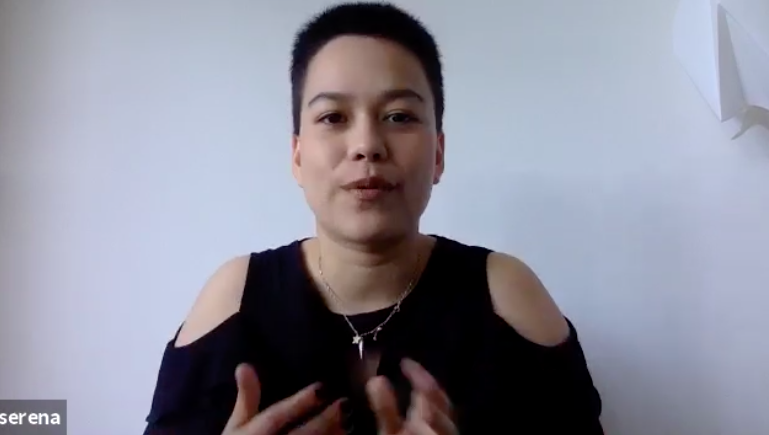Virtual ASO Roundtable Summary
On the 28th May 2020, we held our first ever ASO roundtable with guests from Booking.com, Yum (Pizza Hut), Busuu, Starling, IG, Very, and more, to discuss how ASO has been impacted by the COVID-19 pandemic. Naturally, as users are spending more time on their phones and digital devices being at home, some brands […]

On the 28th May 2020, we held our first ever ASO roundtable with guests from Booking.com, Yum (Pizza Hut), Busuu, Starling, IG, Very, and more, to discuss how ASO has been impacted by the COVID-19 pandemic.

Naturally, as users are spending more time on their phones and digital devices being at home, some brands are increasing their marketing spend, while others need to cut back due to the sudden lack of demand for the product, like travel.
It also seems inappropriate for brands to push for direct product marketing in this time, and can come across as insensitive to those particularly affected if the messaging isn’t done right. With many markets in recession, there is a smaller pot of disposable income to be spent.
Building brand awareness and sentiment is key to keeping your brand relevant for when lockdown restrictions are fully lifted. This is true for companies which have an increase in product interest too. When people are able to go outside and do other things, there will be less time for them to engage with their phone and subsequently, your app.
Below are some key points which were discussed at the roundtable.
Budget allocation must be flexible.
During this time, brands are reallocating budgets to areas which are in-demand, such as by product or by marketing channel. Some departments are being cut, while others are flourishing. This isn’t permanent, as each day bring news challenges and consumer interest in this volatile market.
One of the ways to go about tackling this is to make sure organic visibility is stable, so that even if marketing budget isn’t being spent on certain products or channels, so that customers can find your product if they are looking for it. Make sure that your organic rankings in app stores and search engines are at least maintained in this time.
In terms of paid spend, brands which have seen an increase in downloads in app stores, particularly health, fitness and learning have been leveraging their new traction by maximising brand awareness through a variety of marketing channels. Affiliate brands have also been promoting these products in response to consumer demand, as and when needed.
Brands are forced to consider new purchase streams.
Most of us have heard of Primark’s £1.5 billion of unsold stock, due to there not being an online shopping method, as the business relies solely on customers coming into the store for purchase.
If there’s anything that we can learn, it’s that brands need to make sure they are accessible across multiple platforms and online marketing streams, regardless of your industry. In some cases, this may mean embracing newer social media platforms like TikTok, or affiliate marketing across other apps which may be seeing a spike in usage, like gaming apps.
With more people at home during lockdown, some brands are actually looking at traditional advertising for their apps, such as television. With more people home, a variety of different ages are exposed to platforms they may not have previously engaged with, such as teenagers watching cable television instead of Youtube or Netflix.
During the next few months, we can expect to see decision-makers think about the ‘new normal’ and experimenting with ways to connect with their users – but also potentially diversify their offerings and services in order to be visible and also support consumers.
Know what the people want, and give it to them.
We have to take each day as it comes. Continuing with focusing on brand awareness and sentiment as part of the short term strategy, we’ve seen some brands opting for a more reactive PR approach to COVID-19, and using collaboration with other brands in order to help with relief efforts.
This includes reigning in campaigns across various marketing channels, including apps, and reacting to customer feedback more quickly, as well as what’s in the news. Using existing tools to observe consumer trends is not viable, as they aren’t designed for such short term measurement. We must work closely with customers and their product team to respond to the market effectively.

 Search
Search PR
PR AI
AI Social
Social














